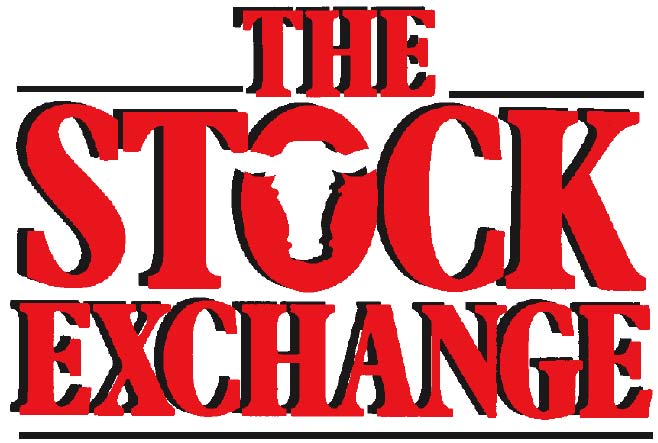Net Wrap Removal Made Easy
Olivia Amundson, SDSU Extension Cow/Calf Field Specialist I was approached by a cattle producer about efficiently removing net wrap. As many of you know, net wrap has its advantages as well as disadvantages, but is largely used as a hay binding material. Current research being conducted at the Cottonwood Field Station is looking at the impact of net wrap accumulation in the rumen when hay is ground with net wrap. The large question…
